While preparing content on body awareness, I have already talked to many people conducting various types of classes, testing each of them in turn - which you can learn about on our blog :) This time I came across pilates. And one thing led to another and I came to a conclusion - I met Marta Wawszczyk, a woman who seems to know everything about pilates. Even though she is already a recognized expert, she continues to develop intensively in this area. Fortunately, she also passes on her knowledge during the workshops she organises. Today she shares with us some of her extremely rich experience.
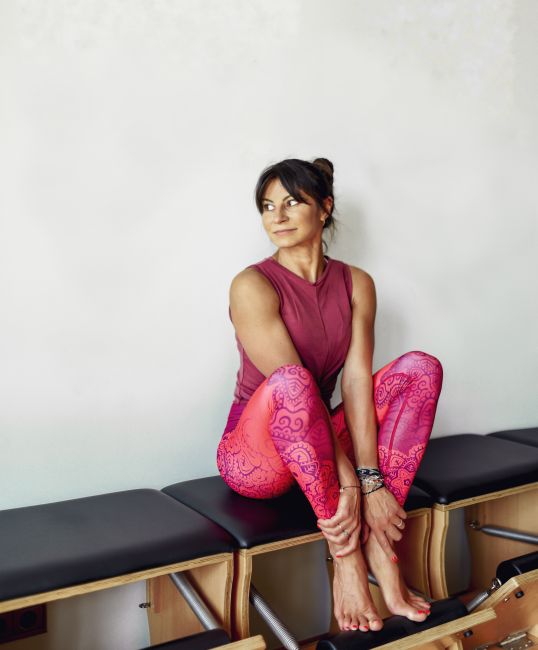
What does body awareness look like from a pilates perspective?
MW: Let's start with the fact that modern human's body awareness is very low. Even though it should be shaped from an early age and the work of parents is irreplaceable in this respect, unfortunately adults rarely attach sufficient importance to it. It is worth teaching children how important it is to participate in activities such as swimming, dancing, rhythmic gymnastics, athletics, and in fact any sport, and that it has a significant impact on shaping not only the figure, but also the awareness of the functioning of one's own body. While practising sports, children acquire knowledge that they have left and right arm, left and right leg, and that these limbs are able to cooperate with each other. This may seem incomprehensible, but an adult person is often unaware of such obvious issues because he was never taught about it and no one paid attention to it. In a mature period of life, it turns out that actors, people performing on stage in various capacities and, of course, athletes - people who work with the body on a daily basis and who have learned over the years how to use it wisely - have the greatest body awareness.
In most cases, we perform body movements unconsciously. We reflexively turn around, bend down, raise a leg or hand, and turn our head. Consciousness comes only when we are no longer able to perform one or more of these activities. Only then do we start to notice our body and look at it. We begin searching for the causes of the sudden dysfunction. Up to this point, there are actually very few people who are aware and willing to cooperate with their body. When dysfunction occurs, people stop using the body and start working with it. In my opinion, 99% of people do not care about their body, their spine, joints, muscles and, most importantly, their nervous system.
Joseph Pilates observed people who did not exercise and animals who were constantly moving and were fully functional. Among other things they inspired him to work with people and help to improve human bodies. He began to devise methods that would teach people how to use their bodies wisely.
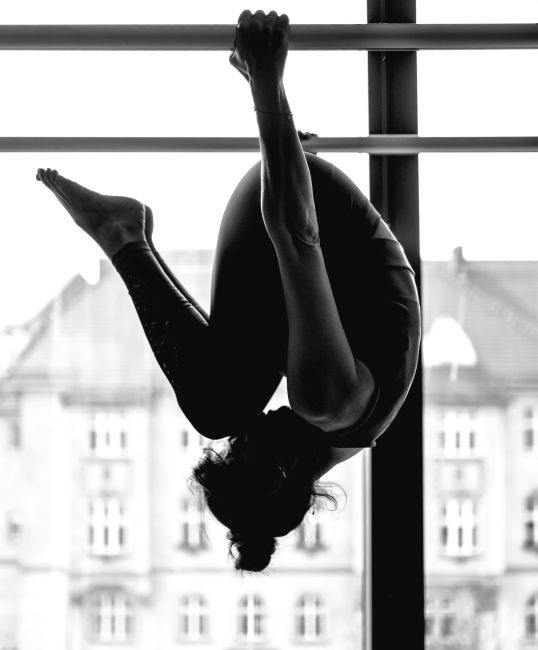
How did you choose pilates?
MW: I have been in sports forever. First, I practised kayaking. This sport strengthened my body a lot, but it also made my arms grow and that's why my mother sent me to dances to even out my body proportions. And I just fell in love with dancing. I danced almost until I graduated, including the dance theatre.
Because I constantly wanted to develop, I also conducted fitness classes in one of the studios. It gave me great satisfaction. I was young, I could put all my strength and energy into it, and my body regenerated very quickly.
The next stage was opening a joint fitness studio with a friend. Then I became the director of one of the fitness studios in Wrocław, which was equipped with reformers and pilates chairs, but no one knew how to use them. So I started training, and since I like learning from the best, I found the best school in Europe, in Spain - the Fletcher’s school.
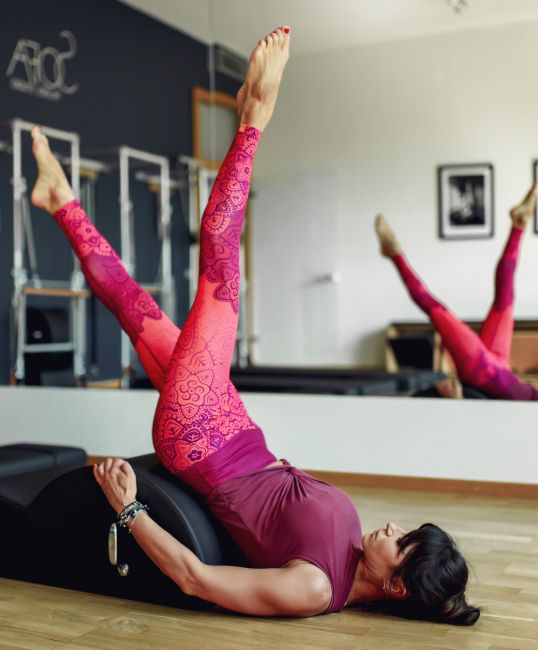
Having so many years of experience in working with people, with the body, with movement, only at this stage did I come to the conclusion that I was teaching completely unconsciously. Pilates opened my eyes to how I should teach, what to pay attention to and what results from working with the body. Why should this attitude be adopted and not another one, that we should pay special attention to people with dysfunctions and learn to notice these dysfunctions in general.
Pilates has opened the eyes of many people, including me, that movement does not actually come from where we think it comes from. He showed that we, humans, exploit our bodies too much. We use up the muscles that are on the outside: quadriceps femoris, buttocks, rectus abdominis muscles, which have a representative function, and in fact the most important are the oblique muscles and the transverse abdominis muscle, and if it weren't for them, it would be difficult for us to stay straight. It is important to understand that movement comes from the inside, from small muscles that we are often unaware of. It is these small muscles that determine our posture and how we function, not the muscles that are visible almost to the naked eye and are outlined under the skin.
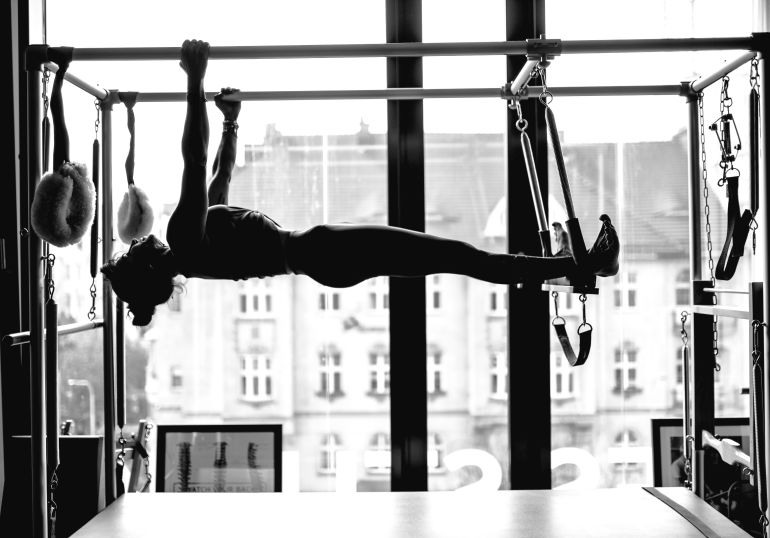
Putting this knowledge together step by step made me realise that the form of exercise, pilates, is a brilliant collection of all the wisdom related to movement into one whole. It is a form of exercise that is fantastic in its simplicity. Pilates is designed to build space so that the right side of the body works synergistically with the left. So that both parts of the body are activated to the same extent. If I close something, I have to open it later, if I rotate something, I have to straighten it later.
All this made pilates the most important form of exercise for me, and it was this form of exercise that I wanted to spread.

Is it possible to distinguish pilates separately for women and men?
MW: Theoretically no, but the body structure of men and women is different. Men's bodies are strong but poorly mobile. For women it's the other way around. Women build strength to improve mobility, and men use their strength to build mobility.
Therefore, during classes, we pay attention to different things in the case of women and different things in the case of men. We can adjust the exercises differently.
Following the interest in this form of exercise, we observe that although pilates was created by men for men, nowadays it is mainly practised by women. However, once a man joins a pilates training session, he is most likely to return to classes regularly.
So can we summarise what pilates is?
MW: Joseph Pilates wrote in his book that it is a training for men, aimed at evenly toning their bodies, as well as improving their health and sexual performance. Nowadays, it is treated as a remedy for every ailment, from joint pain, through headaches, to pregnancy ailments. Pilates, on the other hand, is a form of exercise that is designed to work on your body posture. It combines the activation of all muscles, including the internal ones, as well as movement throughout the body and breathing. It can be called modern corrective gymnastics.
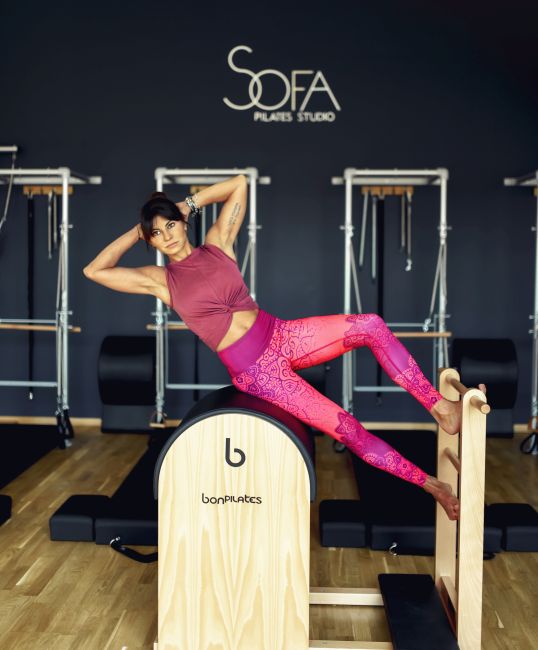
Thank you for the interesting conversation. From here, we invite you to classes at Sofa Pilates Studio in Wrocław.
Have a good day,
Ola






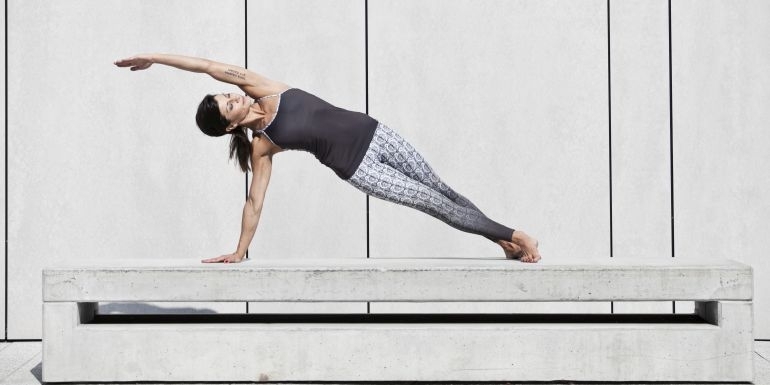
Leave a Reply Cancel Reply